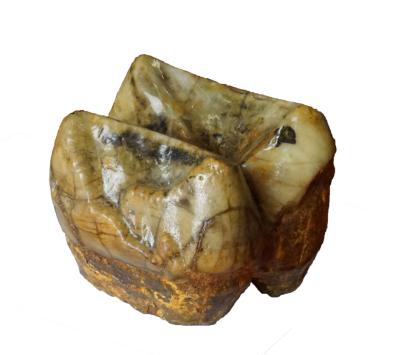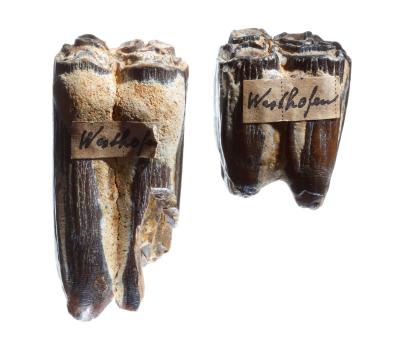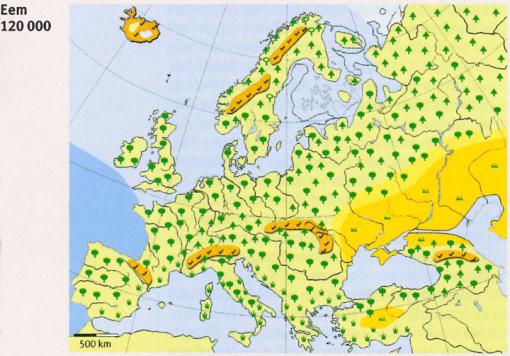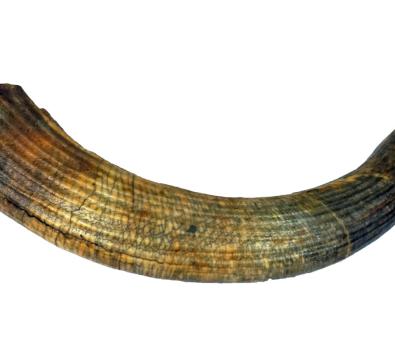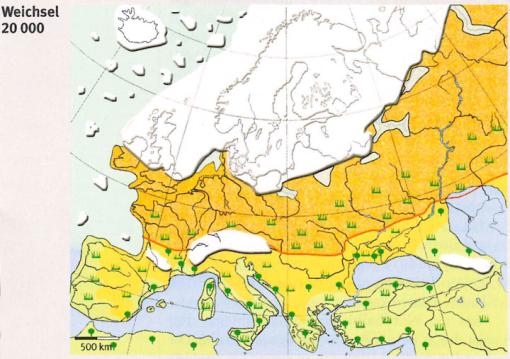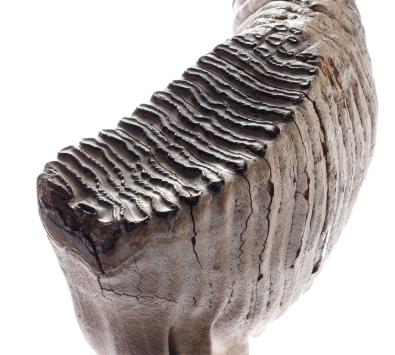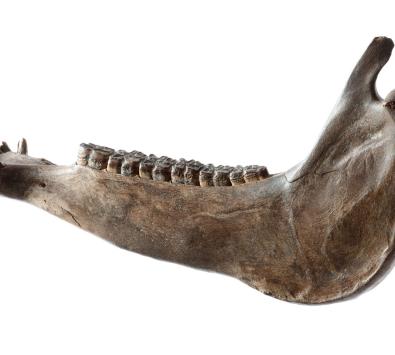“Mammals of the Ur-Rhine” is a small exhibition created as part of a course during the summer semester 2022 at the Institute of Earth Sciences at Johannes Gutenberg University Mainz (JGU). The exhibition was held on October 15 and 16, 2022 during the Mineral and Fossil Days in the Ulmenhalle in Ober-Olm.
The Earth Science Collections at JGU and in the Natural History Museum Mainz (State Collection for Natural History Rhineland-Palatinate) contain several thousand fossils, primarily from Rhineland-Palatinate, which both provide an insight into the living environments of bygone times and document climate history. Mammalian fossils found along the Rhine, for example, indicate either subtropical or glacial conditions during a period ranging from 15 million years ago to 12,000 years ago.
The Ur-Rhine originated 15-10 million years ago near today's Kaiserstuhl. It flowed north and turned off near Worms towards Bingen, right through today’s Rheinhessen. Around 2.7 million years ago, it was connected to the Alpine Rhine and during the glacial age, the area went through regular cycles of erosion and deposition.
The cover photo shows the excavation in Eppelsheim, 2017 (Natural History Museum Mainz/State Collection for Natural History of Rhineland-Palatinate).

Many mammals lived in the subtropical open forests along the Ur-Rhine. Bones, teeth and antlers of the animals have been preserved in fossil form. Besides deinotheria, remains of other proboscideans and prehistoric horses have also been found. Evidence of cloven-hoofed animals, predators and rodents are rarer.

Today, the Natural History Museum Mainz / State Collection of Natural History Rhineland-Palatinate carries out excavations in Eppelsheim every year.

Forest elephants, cave bears and forest rhinos are among the most impressive large animals of this time period. The forest elephant was about one meter taller and quite a bit heavier than the African elephant living today. In addition to hippopotamuses, pond turtles and water buffalos enjoyed swimming in the vast waters. Meanwhile, horses, deer and wild boar roamed the lush forests and green meadows.
On the Upper Rhine Graben, the flourishing animal and plant life left behind fossilized remains.
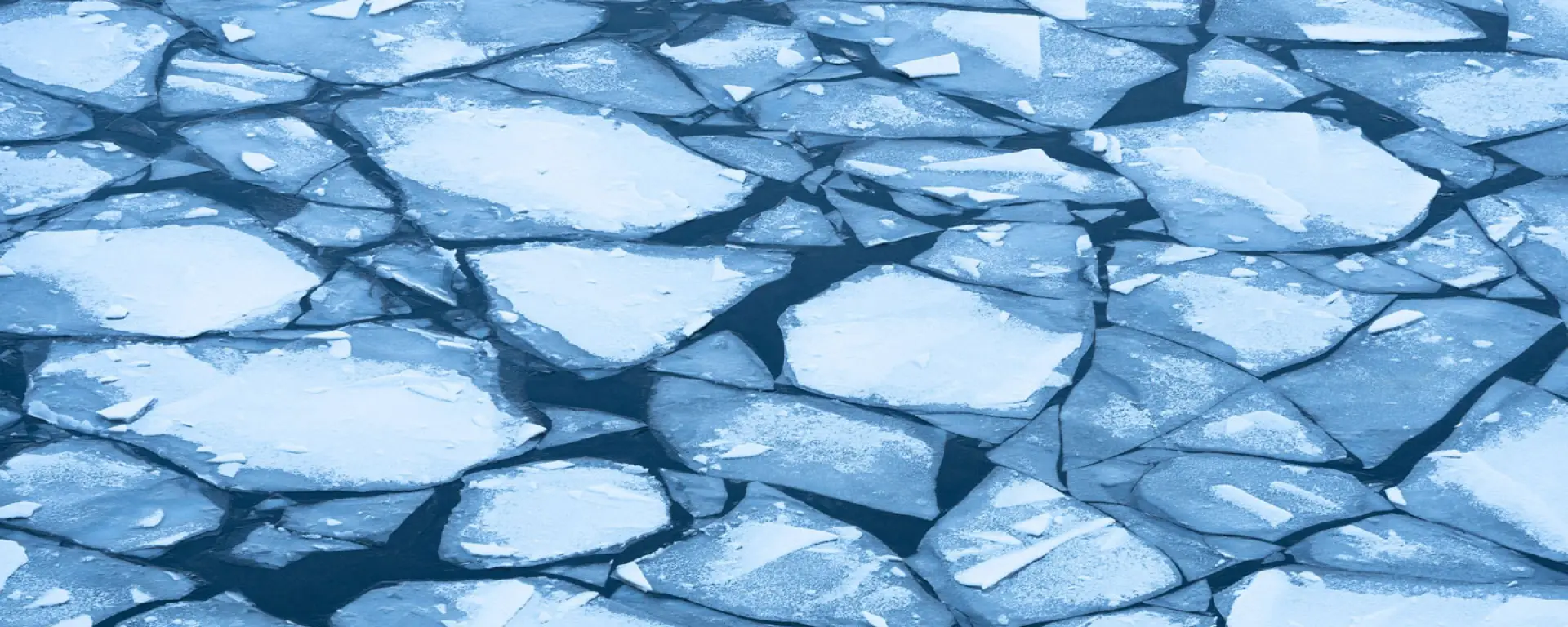
During the peak of the last ice age, around 30% of the earth was covered by ice sheets up to 3 kilometers thick. Large amounts of water were removed from the oceans as a result of the formation of these ice masses. Accordingly, the sea level at that time was around 130 meters lower than it is today.
The living environment had to adapt to the cold climate. The permanently frozen soil made it difficult for trees to grow. Grasses and herbs reigned supreme and the “mammoth steppe” was created. This landscape provided the ideal habitat for mammoths, woolly rhinoceroses, Irish elks and giant steppe bison. But predators such as cave lions, cave hyenas, wolves and polar foxes also roamed the cold steppe landscape.
The average annual temperature was around 6 °C below today’s. Despite the low temperatures, nutrient-rich vegetation was able to thrive in the summer months. Fossils from the glacial period allow us to look into the past.


